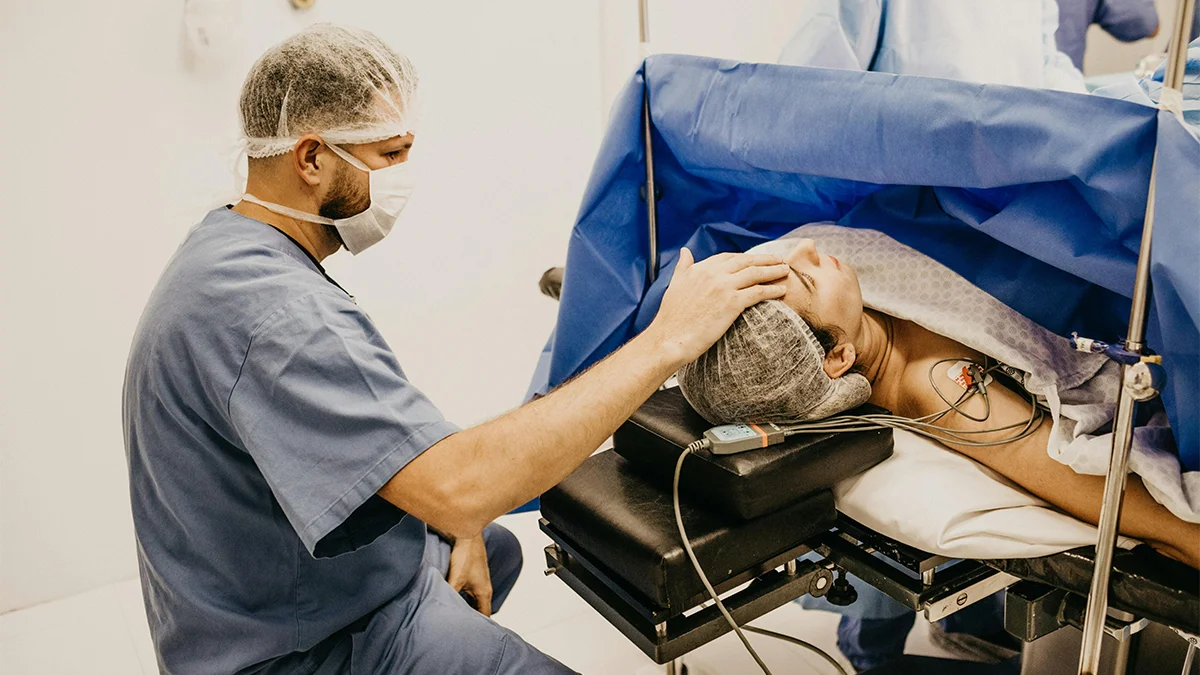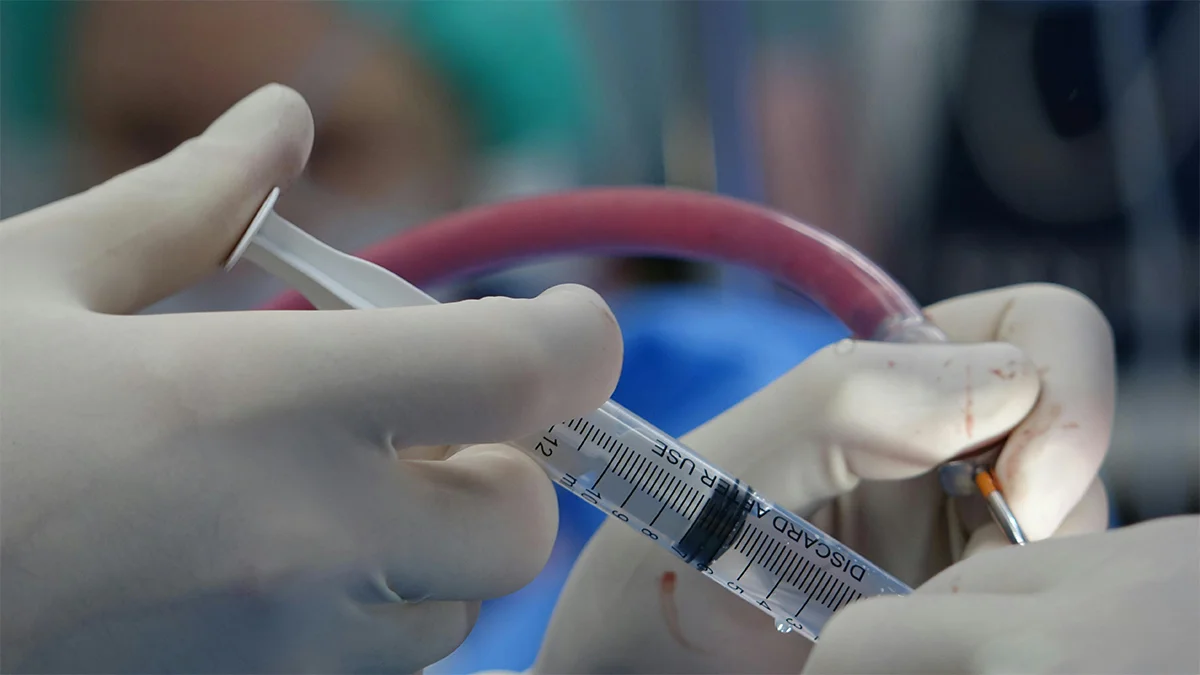Use of tourniquets in the operating room

Tourniquets are indispensable tools in the operating room, primarily employed to create a bloodless surgical field. This facilitates improved visualization, precision, and ultimately, better patient outcomes in a variety of orthopedic, vascular, and reconstructive procedures. However, the application of a tourniquet is not without potential risks, and its use demands a thorough understanding of its mechanics, physiological effects, and best practice guidelines. This post aims to provide a comprehensive overview of tourniquet application in the OR, covering indications, contraindications, potential complications, and strategies for mitigating those risks.

Indications for Tourniquet Use in the Operating Room:
The primary indication for tourniquet use is to create a bloodless field, which is particularly beneficial in:
- Orthopedic Procedures: Arthroscopic surgery (knee, shoulder, ankle), fracture fixation, joint replacement (knee, hip), and tendon or ligament repair are frequently performed with tourniquets. They provide clear visualization for precise bone cutting, implant placement, and soft tissue manipulation.
- Vascular Procedures: While seemingly counterintuitive, tourniquets can be used in certain vascular procedures. For instance, proximal limb tourniquets can be used during below-knee amputation to control blood loss and aid in dissection. In some cases, they can be used transiently to allow for distal anastomosis without back bleeding.
- Reconstructive and Hand Surgery: In procedures involving small structures and delicate tissues like those in hand and foot surgery, a bloodless field is crucial for meticulous dissection, nerve and vessel identification, and precise suturing. This can include tendon transfers, nerve repairs, and flap reconstructions.
- Trauma Surgery: In some trauma scenarios, a tourniquet can be applied in the OR setting after initial damage control to allow for definitive repair of musculoskeletal or vascular injuries.

Contraindications to Tourniquet Use:
While the benefits of tourniquet use are significant, there are situations where its application is contraindicated or requires careful consideration. These include:
- Peripheral Vascular Disease (PVD): Patients with known PVD are at higher risk of ischemic complications, including limb ischemia and tissue necrosis. Tourniquet application should be avoided unless absolutely necessary and carefully monitored. Pre-operative vascular studies may be indicated.
- History of Deep Vein Thrombosis (DVT) or Pulmonary Embolism (PE): Tourniquet application can increase the risk of thromboembolic events. Patients with a history of DVT or PE should be carefully evaluated, and prophylactic anticoagulation may be considered.
- Sickle Cell Disease: Tourniquet application can exacerbate sickling and vaso-occlusion, leading to severe ischemic complications. Its use should be avoided whenever possible.
- Severe Hypertension or Uncontrolled Hypotension: Both conditions can be exacerbated by tourniquet application and deflation. Blood pressure should be optimized before and during tourniquet use.
- Infection in the Limb: Tourniquet application can potentially spread the infection proximally.
- Fragile Skin or Soft Tissue: Patients with conditions like chronic venous insufficiency, edema, or thin, atrophic skin are at increased risk of skin breakdown and pressure injuries from the tourniquet cuff.
- Neuropathy: Patients with pre-existing neuropathy may experience exacerbated nerve injury with tourniquet use.

Potential Complications of Tourniquet Use:
Despite adherence to best practices, potential complications associated with tourniquet use can occur. These complications can be broadly categorized as:
- Neurological Complications: Nerve injury is a significant concern. The mechanisms of nerve injury include direct compression, ischemia, and reperfusion injury. Common nerve injuries include those to the radial, ulnar, median, and peroneal nerves. Factors contributing to nerve injury include excessive pressure, prolonged inflation time, improper cuff placement, and underlying neuropathies.
- Musculoskeletal Complications: Muscle ischemia and reperfusion injury can lead to muscle weakness, contracture, and compartment syndrome. Factors such as prolonged inflation time, excessive pressure, and underlying muscle disease can increase the risk. Rhabdomyolysis is a rare but serious complication.
- Vascular Complications: Tourniquet application can lead to endothelial damage, thrombosis, and thromboembolic events. Patients with pre-existing vascular disease are at higher risk.
- Skin and Soft Tissue Complications: Pressure injuries, blisters, skin necrosis, and edema can occur due to direct pressure from the tourniquet cuff. Improper padding, excessive pressure, and prolonged inflation time can contribute to these complications.
- Systemic Complications: Tourniquet deflation can lead to a transient decrease in blood pressure and an increase in heart rate, potentially causing myocardial ischemia or arrhythmias in susceptible individuals. Reperfusion injury can also release inflammatory mediators into the systemic circulation.
Best Practices for Tourniquet Application in the OR:
Minimizing the risk of complications requires meticulous attention to detail throughout the process. Key strategies include:
- Preoperative Assessment: A thorough preoperative assessment should identify any contraindications or risk factors for tourniquet use. This includes reviewing the patient’s medical history, performing a physical examination, and considering vascular studies when indicated.
- Tourniquet Selection and Preparation: Choose the appropriate tourniquet cuff size and type for the patient’s limb. Ensure the tourniquet is properly maintained and calibrated. Use disposable limb protection sleeves to protect the skin from direct contact with the cuff.
- Proper Cuff Placement: Position the cuff as high on the limb as possible, while ensuring it is not compressing any nerves or vessels directly. The cuff should be snugly applied, but not excessively tight. Overlap should be minimal to avoid pressure points.
- Pressure Settings: Use the lowest effective pressure to achieve a bloodless field. Current recommendations generally suggest using a pressure that is 50-75 mmHg above the patient’s systolic blood pressure for the upper extremity and 75-100 mmHg above the systolic pressure for the lower extremity. Automated tourniquet systems are preferred for consistent pressure maintenance.
- Inflation Time Management: Minimize tourniquet inflation time. Studies suggest that a total inflation time of less than two hours is associated with a lower risk of complications. Consider using intermittent deflation periods (e.g., 5-10 minutes every hour) if prolonged tourniquet time is anticipated.
- Documentation: Meticulously document the tourniquet pressure, inflation and deflation times, cuff size and placement, and any observed complications in the patient’s medical record.
- Monitoring: Continuously monitor the patient’s vital signs and limb for any signs of complications during tourniquet use. Observe for changes in skin color, temperature, and sensation.
- Deflation Protocol: Deflate the tourniquet slowly and gradually to minimize the risk of hypotension and reperfusion injury. Monitor the limb closely for any signs of bleeding or swelling.
- Postoperative Care: Postoperatively, assess the limb for any signs of nerve injury, vascular compromise, or skin breakdown. Provide appropriate pain management and physical therapy as needed.
Conclusion:
The judicious application of tourniquets in the operating room is a critical skill that requires a deep understanding of its benefits, risks, and best practices. By carefully assessing patients, selecting appropriate equipment, meticulously adhering to established protocols, and diligently monitoring for complications, surgeons and OR staff can maximize the benefits of tourniquet use while minimizing the potential for adverse events. Ongoing education, research, and adherence to established guidelines are essential to ensuring the safe and effective use of tourniquets in surgical practice. The key is a balanced approach, weighing the advantages of a bloodless field against the potential complications, always prioritizing patient safety and optimal outcomes.
